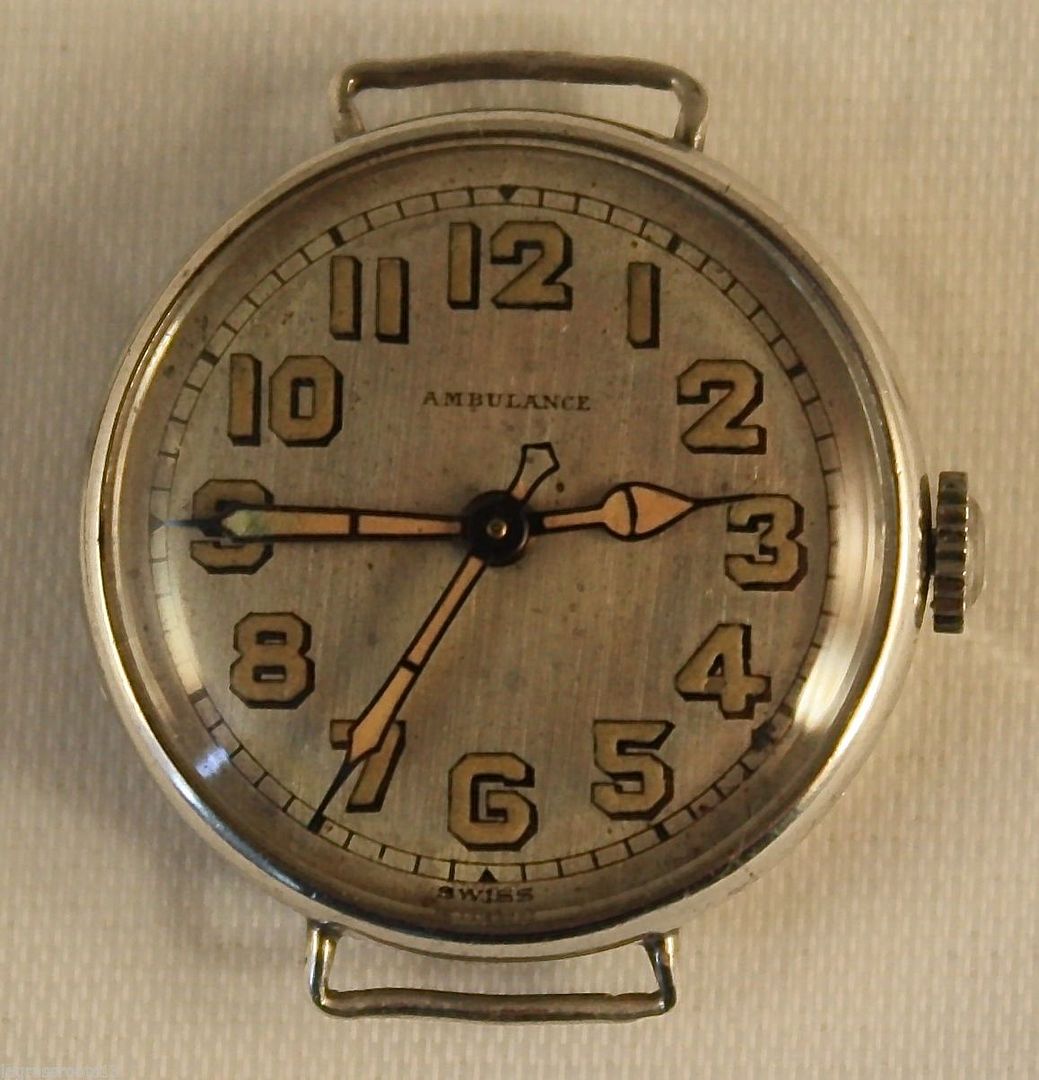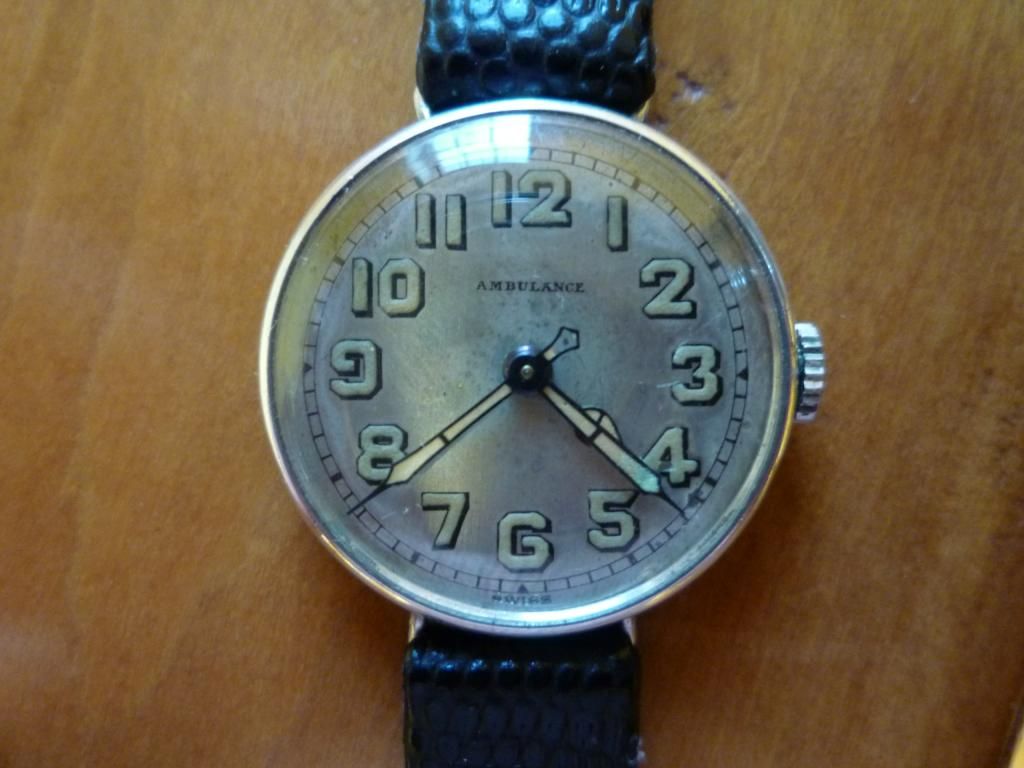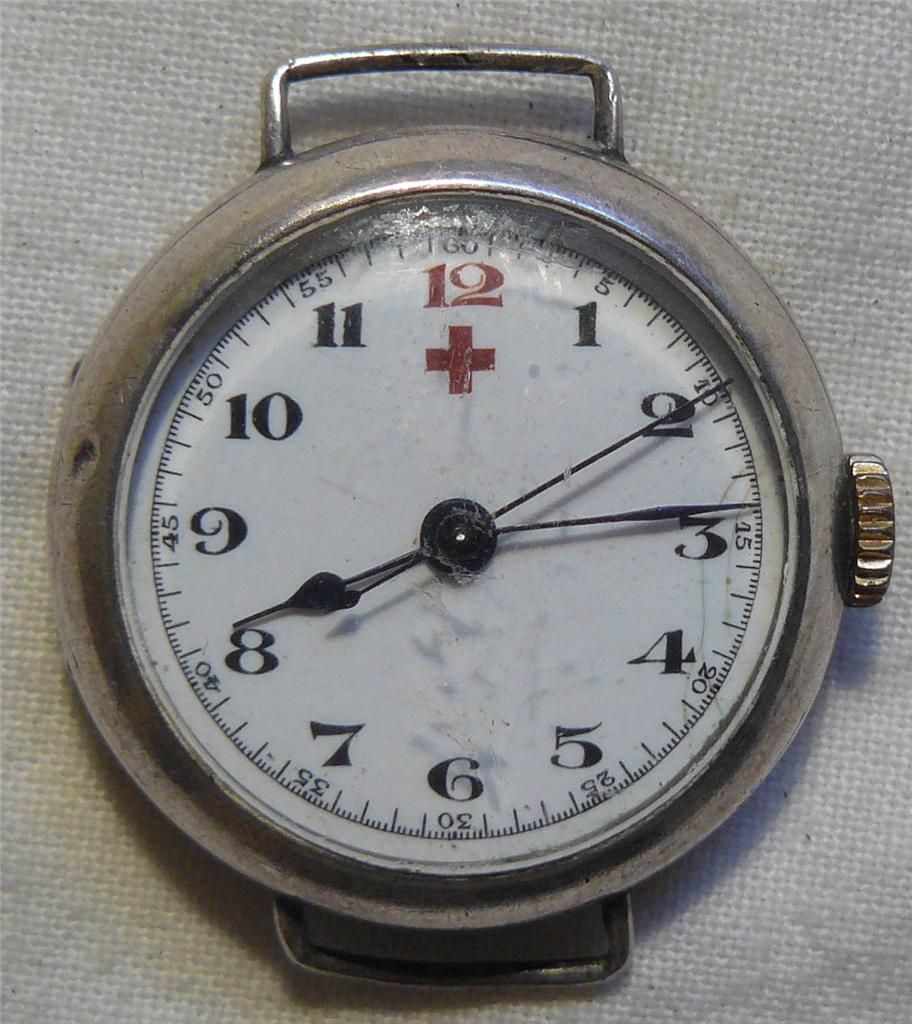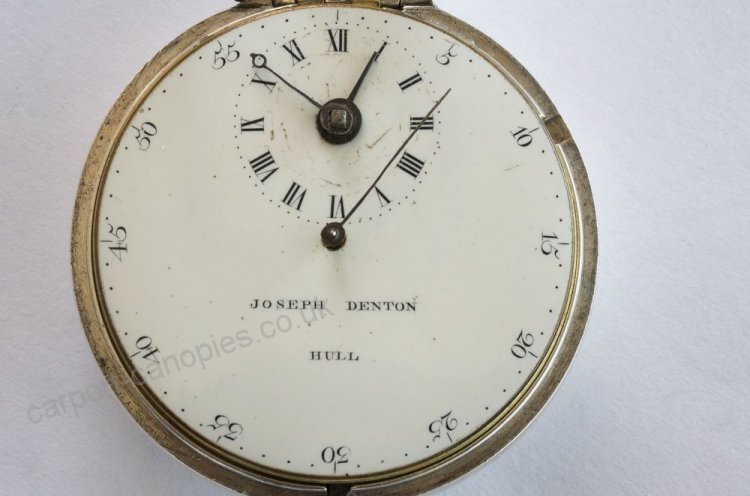So during my nightly searched for cheap vintage watches on eBay, I've come across the term "Doctor's Dial" a few times. They usually have indices for each second, but thats the only commonality I've picked up on. Unfortunately, my searches on Google and WUS forum have no given me an answer as to what is this elusive "doctor's dial." The terms seem too non-specific to get me the information I am looking for. Any help would be appreciated.
This is the one I found last night that got me to post.
![]()
This is the one I found last night that got me to post.






















